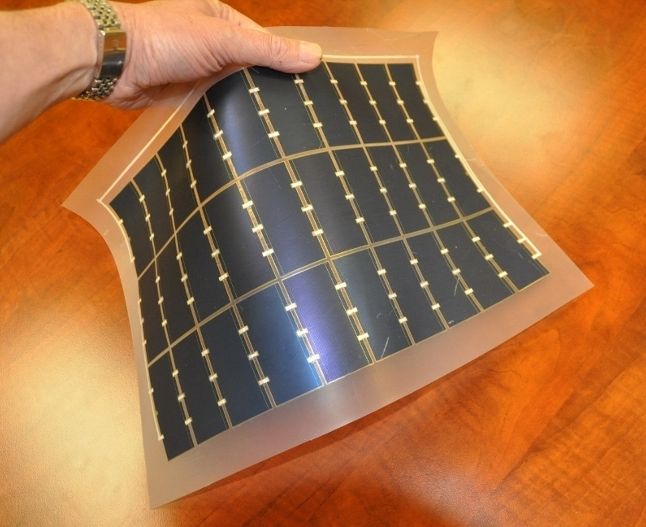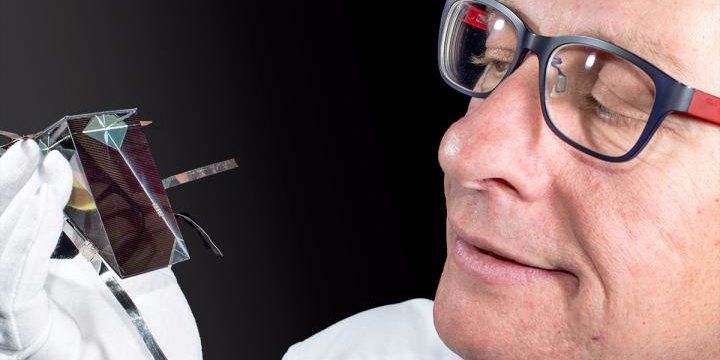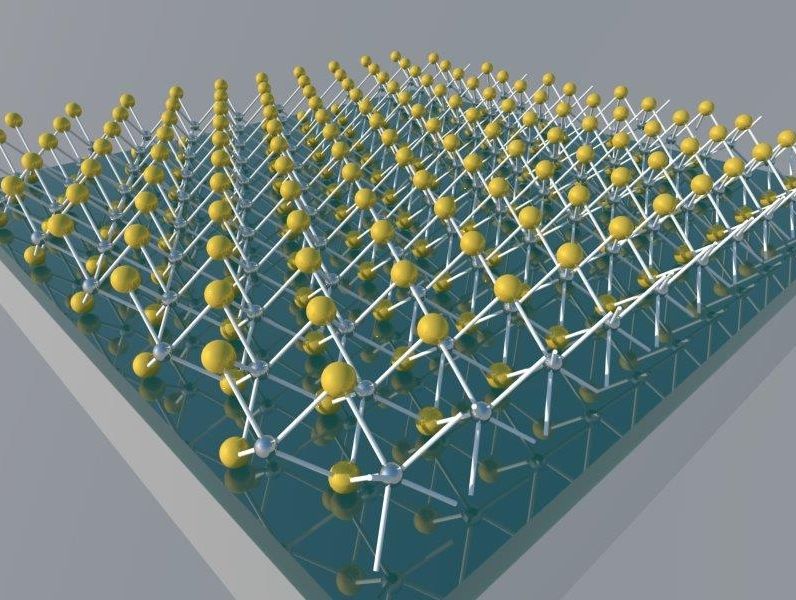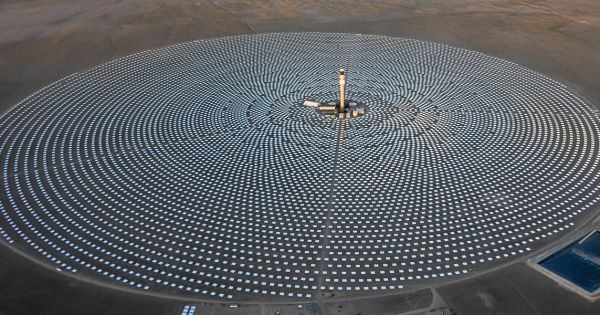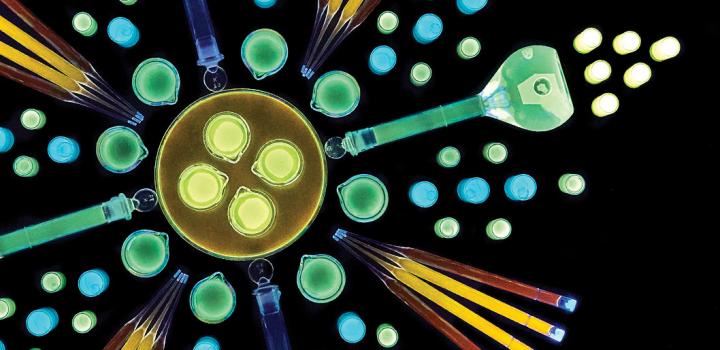May 18, 2016
Antarctic Ice Melt May Be Worse Than Scientists Thought
Posted by Sean Brazell in category: sustainability
The study, published in the journal Nature, relies on data on past ice levels of the Totten Glacier in East Antarctica to evaluate the rate of melting. Without intense efforts to stem man-made global warming, the glacier’s melting process could cross the point of no return within the next 100 years, according to report. The result would add more than 6.6 feet (2 meters) of sea level rise over the coming several centuries, in addition to several feet of rise from other sources.
“The evidence coming together is painting a picture of East Antarctica being much more vulnerable to a warming environment than we thought,” said study author Martin Siegert, an Imperial College London researcher, in a press release. “This is something we should worry about.”
Read More: See How Your City May Be Affected by Rising Sea Levels.

